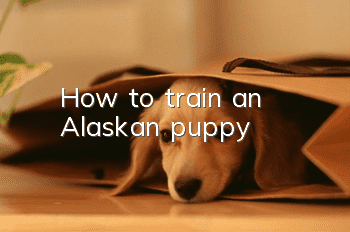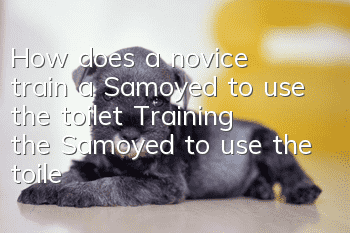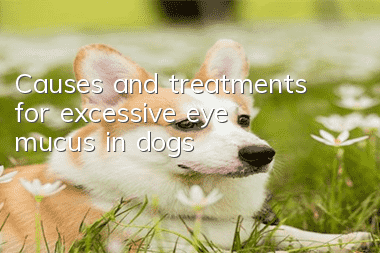How to train an Alaskan puppy?

People like to breed Alaskan Malamutes. Their bodies are strong, powerful, muscular and have deep chests. When they stand, their heads are upright and their eyes appear alert and curious, giving the impression that they are full of energy and very arrogant. Friends who want to raise it better may wish to learn the methods of Alaska puppy training tutorial!
What is the tutorial method for training Alaskan puppies?
Training Alaskan dogs to be obedient Alaskan dogs don’t understand what people say and don’t understand the meaning of each word, but they are very sensitive to people’s tone and gestures. Therefore, when training an Alaskan dog to be obedient, a firm tone and coordinated hand movements must be used. For example, if an Alaskan dog raised at home barks when it hears someone moving outside the door, this is not only an impolite behavior, but also affects the environment. Family rest. At this time, you should immediately hold the Alaskan dog's mouth with your hands, and at the same time use a very affirmative tone, shake your head and say "no". After several trainings, the dog will understand that barking like this is wrong. Some dog owners dote on their dogs and do not correct the situation with a firm tone. Instead, they gently stroke the Alaskan dog with their hands and say softly, "Don't be so naughty." This makes the dog easily misunderstand that the owner is encouraging it. Whether it is praise or ban, it must be done on the spot, otherwise the expected effect will not be achieved as time passes.
The process of training a dog to learn various skills is the process of forming a conditioned reflex in the dog. It can be seen from the above principles that whether it is to cause unconditioned reflex or conditioned reflex, stimulation (unconditioned stimulus and conditioned stimulus) is required. When the two stimuli are combined, the conditioned reflex can be strengthened. For example, training a dog to make the "come here" action from issuing the command to "come here" is a reflex and a conditioned reflex stimulus. When the sound stimulation of "come here" is combined with the stimulation of the action of "come here", two excitement points will be generated in different areas of the dog's cerebral cortex.
When the conditioned reflex is not formed, there is no connection between these two excitement points, no matter how loud you shout. No matter how hard you wave, the dog won't come over. If two stimuli are combined at the same time, that is, after using them several times at the same time, the two excitement points will be connected. In the future, as long as the command "come here" is given, the dog will come over obediently without waving. This is conditioned reflex. Formation should be rewarded. People use the physiological characteristics of dogs to form conditioned reflexes and conduct a series of trainings on dogs according to people's purposes.
Training Alaskan puppies to sit
After hearing the command, the Alaskan puppies can quickly and correctly make the action of sitting down, and can persist for a certain period of time. During training, let the Alaskan dog stand on the left side of the owner and say &"Sit" command, lift the collar with your right hand and press the dog's waist with your left hand. When the dog is forced to sit down under this mechanical stimulation, a reward should be given immediately. After repeated training, the dog can Develop the movement of sitting down. On this basis, combine the training with gestures. If you ask the person to sit on the front, stretch the right arm forward and flat, the forearm is vertical upward, and the palm forward to form an "L" shape; if you ask the person to sit on the left side, , tap the left abdomen with your left hand. If the dog can already do the "sitting" action, it should be gradually trained to extend the sitting time, from being able to sit for 3-5 seconds until it is extended to more than 5 minutes.
- How to make the dog listen to the owner when eating, and how to train the dog’s meal order!
- Take stock of the strange cognitions of dogs
- How much does a Tosa dog cost and is it easy to raise? Tosa dog pictures | price | training
- Why is the puppy's front legs bent?
- What are these misunderstandings about deworming dogs?
- How to toilet train Teddy? How to toilet train Teddy!
- Causes of Pomeranian Cough
- How to interpret canine pancreatitis cpl results
- How should dogs drink water correctly?
- How to treat dog skin wounds



